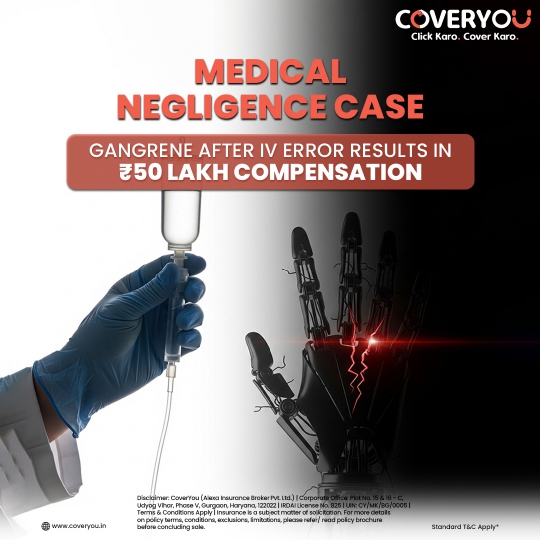Anesthesiology is one of the most critical medical specialties, playing an important role in ensuring that patients are safely sedated during surgical procedures. Anesthesiologists are responsible for managing pain, monitoring patients’ vital signs, and responding accordingly to any complications that may arise during the surgery. Their role is very crucial in maintaining the patient’s stability throughout the procedure. However, despite significant technological advancements in the field, anesthesiology continues to be a high-risk practice. Even minor errors in the administration of anesthesia can have devastating consequences, leading to severe outcomes such as brain damage, respiratory failure, or, in the most extreme cases, death.
Significance of Technology In Anesthesiology:
In recent years, anesthesiology has seen significant technological advancements. These advancements have improved patient safety and precision. It includes:
Automated Anesthesia Machines: These are the devices which are designed to assist anesthesiologists in delivering a precise mix of anesthetic gases and oxygen to patients. These machines use advanced algorithms and sensors to monitor and adjust the dosage, reducing human intervention. They aim to provide a more consistent and safe anesthetic experience for patients, while also helping to prevent complications caused by human error.
Enhanced Monitoring Systems: It refers to sophisticated devices that continuously track vital signs such as heart rate, blood pressure, oxygen saturation, and respiratory rate during surgery. These systems use real-time data to give anesthesiologists a comprehensive view of the patient’s condition, enabling faster responses to any changes. With improved sensors and displays, these systems enhance safety, but they also require specialized knowledge to operate effectively.
Drug Delivery Innovations: Drug delivery innovations in anesthesiology involve the use of technology to administer precise dosages of anesthetic drugs, pain relievers, or other medications during surgery. Examples include programmable infusion pumps that control the rate and timing of drug administration, as well as smart syringes that reduce dosing errors. These innovations aim to improve the accuracy and timing of drug delivery, reducing the risk of overdose or underdose.
However, these innovations also come with their challenges. Increased dependence on technology introduces the risk of technical failures or human errors in operating sophisticated equipment. Moreover, as the field expands into areas like telemedicine or pain management, the scope of practice and by extension, the potential risks has broadened.
Risks Associated with Anesthesiology
The practice of anesthesiology involves significant risks. One major concern is the potential for anesthesia-related complications, which can be life-threatening. Conditions like allergic reactions, airway blockages, or incorrect dosage administration can quickly escalate into emergencies. Anesthesiologists also have to make split-second decisions during surgeries, and even a minor misjudgment can result in long-term damage or fatality. Furthermore, post-operative recovery monitoring is crucial; failure to address issues like pain management or nausea control can lead to medical negligence claims.
There are also risks related to patient monitoring, where failure to observe vital signs accurately can result in delayed responses to critical changes in the patient’s condition.
Given the complexity and unpredictability of the human body, anesthesiologists are constantly exposed to potential litigation.
Surge In Negligence Cases In Anesthesiology
Medical negligence in anesthesiology can arise from various scenarios. One common issue is improper dosage administration, which can result in either under-sedation (leading to patient awareness during surgery) or over-sedation (leading to respiratory issue or cardiac arrest).
Recently, a seven year old boy died in Bangalore due to an overdose of Anesthesia.
Similarly, a ten year old girl died due to an alleged overdose of anesthesia during surgery. The Patient filed the case against the doctor and hospital. Recently, an anesthetist and one other doctor were ordered to pay Rs. 12 Lakh, fifteen years after a 66-year-old woman died due to excessive use of anesthetics following a surgery.
Legal cases against anesthesiologists often stem from complications that may occur during or after surgery, even if the anesthesiologist acted with care.
Why Professional Indemnity Insurance Is The Absolute Necessity For Anesthetists?
Given the risks involved, Professional Indemnity Insurance is the absolute necessity for anesthesiologists. It provides financial protection against legal claims arising from Medical Negligence, or errors in the course of their professional duties. It covers the costs of legal defense, settlements, or damages awarded to patients. In Today’s era, where patient awareness of medical rights is increasing, and litigation is more common, having robust insurance coverage ensures that anesthesiologists can continue practicing without the constant fear of financial ruin due to a lawsuit.
Now the question arises where to get the best Professional Indemnity Insurance in the Market with additional benefits!
The Answer is here!
CoverYou’s Professional Indemnity Insurance.
CoverYou, India’s leading insurance broker for doctors, backed by the Indian Society of Anesthesiologists (ISA) and 75+ medical associations. With expertise gained from consulting 500,000+ doctors nationwide, we offer customized professional indemnity insurance. Our panel of 10,000+ Medico-Legal Lawyers ensures strong legal backup with second level consultation from 500+ senior doctor’s panel across specialization. In case of a medical lawsuit, we allocate lawyers within 2 hours, providing 24/7 support with all sources of notices covered including WhatsApp threat calls.
Protect your Anesthesiology practice and ensure all round protection with the right Indemnity Insurance Coverage from CoverYou.
References:
















